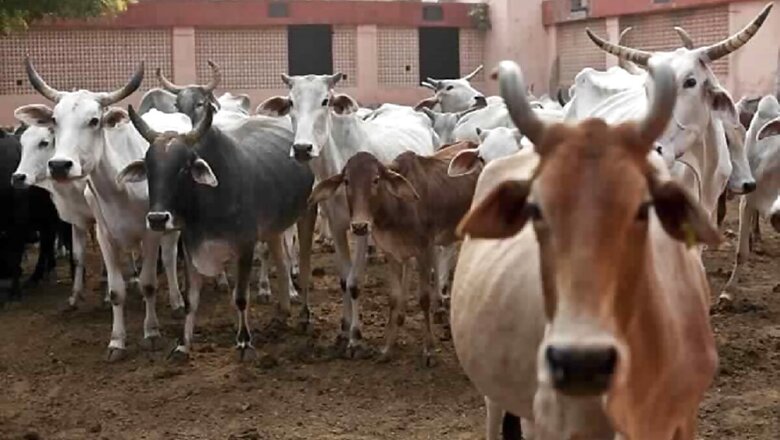
views
Maharashtra’s Palghar administration on Tuesday alerted authorities of a possible outbreak of Crimean Congo Hemorrhagic Fever (CCHF), commonly known as the Congo fever. Palghar animal husbandry department’s Deputy Commissioner Dr Prashant D Kamble in a circular said that the CCHF has been found in some districts of Gujarat and is likely to spread to border districts of Maharashtra.
Here are some of the things that you should know about the disease:
1. According to the World Health Organisation (WHO) the virus is primarily transmitted to people from ticks through a tick-borne virus (Nairovirus) of the Bunyaviridae family which can be present in livestock animals.
2. The virus is transmitted to people either by tick bites or through contact with infected animal blood or tissues during and immediately after slaughter. WHO says the majority of cases have occurred in people who are involved in the livestock industry, like agricultural workers, slaughterhouse workers and veterinarians. The virus can be transmitted from Human-to-human resulting from close contact with the blood, secretions, organs or other bodily fluids of infected persons.
3. The Congo fever causes severe viral haemorrhagic fever outbreaks, with a case fatality rate of 10–40%. The disease is commonly found in Africa, the Balkans, the Middle East and Asian countries.
4. The incubation period of the disease varies from the mode of the virus. In case of infection by a tick bite, the incubation period is one to three days or maximum of nine days. The incubation period of infection through contact with infected blood or tissues is five to six days, or maximum of 13 days.
5. Initial symptoms include fever, myalgia, (muscle ache), dizziness, neck pain and stiffness, backache, headache, sore eyes and photophobia (sensitivity to light). It may also include nausea, vomiting, diarrhoea, abdominal pain and sore throat which is followed by stark mood swings and confusion. Two to four days later the agitation may be replaced by sleepiness, depression and lassitude, and the abdominal pain may localize to the upper right quadrant, with detectable hepatomegaly (liver enlargement).
6. Later symptoms include fast heart rate, enlarged lymph nodes, and rash caused by bleeding into the skin on internal mucosal surfaces, such as in the mouth and throat, and on the skin. The petechiae may give way to larger rashes called ecchymoses, and other hemorrhagic phenomena. The WHO also says that patients with comorbidities like hepatitis among other serious illnesses may experience rapid kidney deterioration, sudden liver failure or pulmonary failure after the fifth day of illness.
7. With a 30 per cent mortality rate, a Congo fever patient may die in the second week of illness. While patients who recover generally see improvement on the ninth or tenth day after the onset of illness.
8. There is no vaccine for the deadly virus however, the antiviral drug ribavirin has been used to treat the infection with some benefit. Both oral and intravenous formulations have also proven to be effective.


















Comments
0 comment